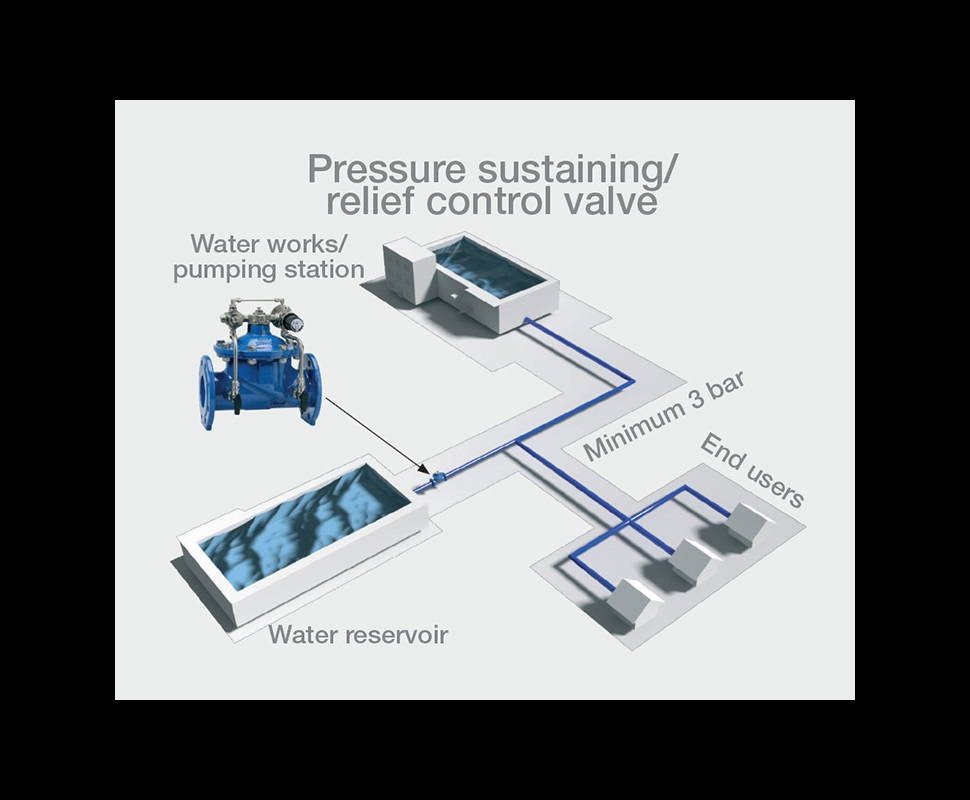Enhance Effectiveness With Top-Quality Building Automation Controls Consisting Of Controllers
In the realm of modern-day structure monitoring, the execution of top-notch structure automation controls, including sophisticated controllers, has actually ended up being a crucial element in optimizing and enhancing operations performance. As buildings proceed to advance into smarter, extra interconnected entities, the role of automation controls and controllers has actually never been more vital.
Advantages of Structure Automation Controls
When applied successfully, constructing automation controls use a myriad of advantages to enhance operational efficiency and maximize resource utilization. Among the key benefits is the capacity to manage and check various building systems such as HVAC, lighting, protection, and much more from a centralized platform. This centralized control enables for better control and synchronization of various systems, bring about boosted energy performance and minimized operational prices.
Furthermore, building automation controls provide real-time information and analytics, making it possible for facility supervisors to make educated choices promptly. By having access to thorough insights right into power intake, devices performance, and passenger habits, organizations can determine locations for enhancement and apply approaches to boost general structure performance.
Furthermore, automation controls aid in anticipating maintenance by identifying prospective concerns before they intensify into expensive issues. This aggressive strategy not just prolongs the life-span of tools yet also lessens downtime, making certain uninterrupted operations - control valves. In general, the benefits of building automation controls are instrumental in streamlining procedures, enhancing performance, and creating a much more comfortable and lasting environment for passengers
Secret Functions of Controllers
Reliable building automation controls are defined by a series of vital attributes that make it possible for streamlined administration and optimization of various building systems. Controllers play an essential role in this process by working as the brain of the automation system. One crucial attribute of controllers is their capacity to collect information from sensing units distributed throughout the structure. This data is after that used to make real-time modifications to heating, air flow, cooling, lighting, and other systems to make sure ideal efficiency and power efficiency.
Moreover, controllers supply the adaptability of programs timetables for various building systems based upon occupancy patterns, aiding to minimize energy waste during off-peak hours. In addition, the remote ease of access attribute of controllers allows facility supervisors to check and manage constructing systems from anywhere, boosting convenience and responsiveness.
Additionally, advanced controllers typically come geared up with anticipating maintenance capacities, making it possible for positive recognition of possible concerns before they intensify, thus lowering downtime and upkeep expenses (control valves). Overall, the vital functions of controllers are crucial in streamlining building operations, boosting comfort, Check This Out and making best use of energy savings
Combination With Iot Technology
Building automation controls, particularly controllers with their sophisticated attributes, flawlessly integrate with IoT innovation to transform structure administration procedures. IoT innovation allows these controllers to gather and examine data from different building systems in real-time, using unmatched understandings into power usage, system performance, and occupant actions. By leveraging IoT connection, building automation controls can maximize energy effectiveness, improve passenger comfort, and ensure proactive upkeep.
The assimilation of building automation controls with IoT modern technology enables centralized tracking and control of varied building systems from another location. This connection makes it possible for structure managers to readjust setups, routine operations, and obtain signals on their computer systems or smart devices, boosting operational effectiveness and reducing maintenance expenses. Moreover, IoT combination assists in data-driven decision-making by supplying actionable intelligence based on fads and patterns determined via continual surveillance.
Energy Performance Solutions

Structure automation controls, including energy management systems and you could try here programmable controllers, are important components of power performance services. These systems make it possible for real-time tracking of power use, recognition of inadequacies, and application of computerized adjustments to maximize power performance (control valves). By integrating structure automation regulates with energy-efficient tools and technologies, facilities can boost operational effectiveness, enhance passenger convenience, and add to a greener environment

Enhancing Building Safety
With a concentrate on maximizing operational aspects beyond energy performance services, the following important facet to deal with in building monitoring is the enhancement of safety steps. Structure automation controls play a crucial function in strengthening safety by integrating different systems such as accessibility control, monitoring cams, this hyperlink and intrusion detection. These controls not just simplify security procedures yet additionally give real-time surveillance and informs, enabling prompt responses to potential threats.
Final Thought
Finally, constructing automation controls, especially controllers, provide numerous advantages such as enhanced effectiveness, combination with IoT technology, energy efficiency solutions, and improved security actions. By using high-grade structure automation controls, structures can operate better and sustainably, causing set you back savings and enhanced total performance. Spending in these innovative modern technologies can significantly improve the functional performance of buildings and contribute to a more lasting future.
In the realm of modern structure monitoring, the application of high-grade building automation controls, consisting of advanced controllers, has come to be a pivotal element in making the most of and streamlining procedures effectiveness.Efficient structure automation controls are defined by a variety of vital functions that make it possible for centralized monitoring and optimization of different building systems.Building automation controls, particularly controllers with their sophisticated attributes, seamlessly incorporate with IoT modern technology to revolutionize structure monitoring processes.The combination of building automation regulates with IoT innovation enables for centralized surveillance and control of varied building systems from another location. By making use of high-grade building automation controls, structures can run extra efficiently and sustainably, leading to set you back financial savings and improved general performance.